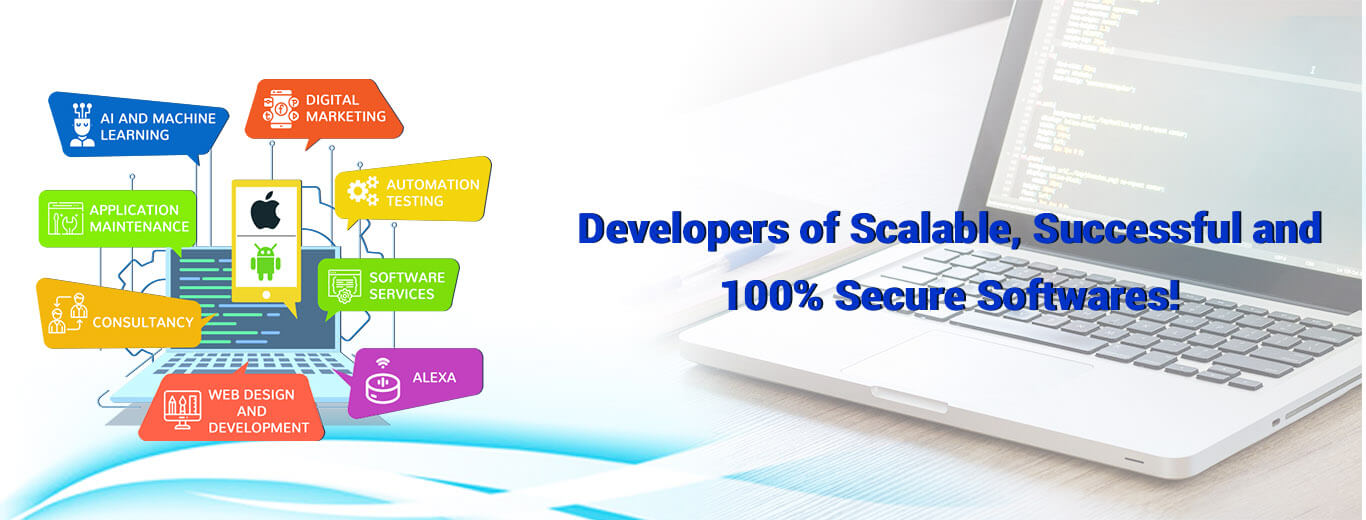As data proliferates at unprecedented rates and real-time processing becomes mission-critical, traditional cloud architectures are experiencing latency and bandwidth limitations. This evolution has led to the emergence of edge computing—an advanced distributed architecture that processes and stores data near its point of origin rather than relying solely on centralized systems. Rather than relying on centralized cloud data centers located hundreds or even thousands of miles away, edge computing enables processing to occur at or near the point of data creation—on local devices, gateways, or micro data centers. The result is a fundamental shift in how enterprises architect solutions that depend on low latency, autonomy, and high throughput.
Edge computing matters because it provides deterministic performance in environments where milliseconds can dictate the difference between operational success and failure. In autonomous vehicles, for instance, edge nodes interpret LIDAR and sensor data in real-time without the delay of sending information to a remote cloud. In smart manufacturing, edge servers aggregate machine telemetry, run predictive maintenance models, and trigger alerts in sub-second intervals, improving equipment uptime. The Internet of Things (IoT) has exponentially increased the volume and velocity of data at the network edge, and edge computing offers the architectural evolution necessary to keep up with these demands.
To clearly understand edge computing’s value proposition, it is essential to differentiate it from cloud and fog computing. Cloud computing is characterized by centralized computation and storage in hyperscale data centers accessible over the internet. This model offers scalability and economic efficiency but is limited by high latency and dependency on constant network connectivity. Fog computing, on the other hand, acts as an intermediary layer between the edge and the cloud. It distributes data processing tasks closer to the edge while still relying on some centralized resources. Fog nodes are often used for preprocessing and filtering data before it’s sent to the cloud. Edge computing goes a step further by executing workloads directly on devices or within on-premises infrastructure. This enables ultra-low latency responses, reduces bandwidth consumption, and enhances data privacy and compliance by keeping sensitive information local.
From a business perspective, edge computing unlocks a multitude of new capabilities. It empowers organizations to develop real-time applications in sectors such as telemedicine, AR/VR, industrial automation, and logistics. For example, retail businesses can deploy edge-enabled smart shelves and video analytics to optimize inventory in real-time. In the energy sector, wind turbines and solar farms can use edge analytics to optimize output based on weather patterns and grid demands. Additionally, financial institutions are leveraging edge systems to detect fraudulent transactions and execute algorithmic trading strategies with microsecond precision. By integrating AI and machine learning models directly at the edge, enterprises can deliver hyper-personalized experiences, enable predictive intelligence, and reduce the operational burden on centralized infrastructure.
Security also becomes more granular and controllable with edge computing. Because data is processed locally, the attack surface associated with transferring sensitive information over public networks is minimized. However, this distributed paradigm introduces new challenges such as securing hundreds or thousands of edge nodes, each of which could be a potential entry point for cyber threats. This necessitates robust endpoint protection, hardware root-of-trust, secure boot processes, and decentralized identity management.
Moreover, edge computing is inherently designed for scale and resilience. By reducing dependency on centralized systems, edge architecture supports autonomous operations even in disconnected or degraded network conditions. This is particularly vital for remote mining operations, oil rigs, or offshore vessels where cloud connectivity is sparse. Edge-native applications must be designed with state synchronization, failover handling, and decentralized orchestration mechanisms that ensure seamless continuity and fault tolerance.
With the proliferation of 5G and advancements in embedded hardware, edge computing is poised to become the de facto architecture for latency-sensitive and bandwidth-intensive workloads. Technologies like containerization and Kubernetes are being extended to the edge, enabling DevOps teams to manage distributed workloads with the same agility they enjoy in the cloud. Industry leaders are building edge ecosystems that integrate hardware, software, and networking stacks tailored for specific verticals, ensuring interoperability and performance optimization.
In conclusion, edge computing represents a paradigm shift that is as disruptive as the cloud once was. It is not a replacement but rather a complement to cloud computing, addressing its shortcomings while expanding its capabilities. For forward-thinking businesses and technology providers like iT Gurus Software, embracing edge computing is not just an option—it’s an imperative to remain competitive in a real-time, data-driven world. As we continue to blur the boundaries between centralized and decentralized computing, the edge will become the new frontier of innovation, autonomy, and digital transformation.


Leave a Reply